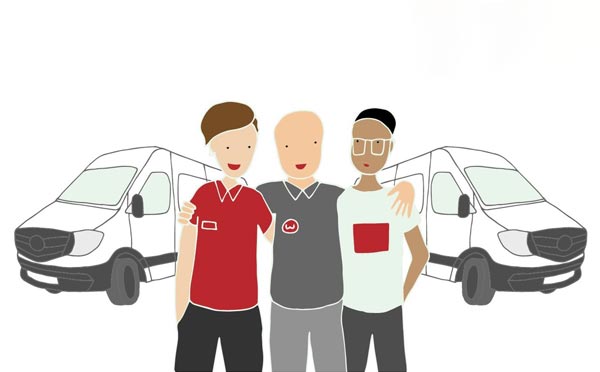Technology is amazing, It can make us better people, help us complete tasks faster and more effectively, and has brought about incredible opportunities that would never have been possible a decade ago.
But it can also be poisonous.
This week, I’ve been talking to my wife, Amanda, about this contradiction. She is increasingly worried about the effect that too much technology – an overdose on smartphones and social media – has on young people. If you’re interested in what sparked our conversation, it’s this video by Simon Sinek on “The Millennial Question” https://www.youtube.com/watch?v=vudaAYx2IcE&feature=youtu.be
The statistics are quite shocking. Young people’s anxiety levels are going through the roof. Loneliness is a major concern. The younger generation seems to be getting more and more isolated.
I’ve started noticing some alarming trends in the workplace too. People always bring phones to meetings and are constantly distracted by new messages or social media posts. Team members tend not to pick up the phone and call clients; they want to do everything over email these days. They are increasingly sleep deprived because of staring at the “white light” device screens emit late at night. This not only creates stress, it also means that many people struggle to focus.
I’ve been in business for over 40 years, so I have seen the impact these trends are having over time. It worries me. So I’ve decided to do something about it.
Ban phones from meetings
I’m initiating a new campaign at BigChange to ban phones from meeting rooms. Unless someone on the team needs a device for note taking, or to demo an app update, all phones will be going into a box at the start of the meeting, and they will be returned at the end.
The world will not end if we are separated from our phones for an hour or so. I really want to encourage people to focus on the matter at hand during meetings, and to break the hold that devices seem to have on my team members. It’s like they’re physically attached to their smart phones.
Recognise that social media and phone use is an addiction
When we think of addiction, we think of gambling or alcohol but phones and social media can be just as problematic, and just as bad for our health. I was shocked to learn that getting “likes” and texts can give the brain a surge of dopamine, which is the brain’s “reward” chemical. If you don’t get your hit, it can cause a chemical imbalance, which manifests as depression and anxiety.
From now on, at BigChange, we want to recognise that too much technology can be damaging. I want to help educate my team about the importance of “unplugging” and having time away from devices each day. I’m looking at ways that we can use coaching and workshops to reduce our dependency on our phones.
I will be part of the change
I have to hold my hands up. I’m a big part of the problem here at BigChange. I often check my phone late at night and send emails at 2am. There is also a total lack of separation between the workday and our downtime, because we carry our emails and Whatsapp groups (that’s one I don’t do) with us wherever we go.
I thought that it didn’t matter when I sent emails as long as I made it clear that I didn’t expect an immediate response. But I understand now that it’s not that simple: when you see that nagging red bubble above your inbox, telling you there’s a new message, it’s hard to ignore.
I’m going to work hard to change my email habits so that I’m not contributing to my team’s work stress. I already take a phone break for 25 hours each Friday night / Saturday, because I observe the Sabbath, but I’m going to try and take a break from emailing through till the end of Sunday too.
This really is an urgent issue. I would like to start a movement and encourage more company bosses like me to help their people conquer technology addiction. Not just because employee productivity will soar if we look after our team members’ mental health and help them to focus at work, but because we risk damaging a whole generation of young people if we don’t act now. The phone was invented to encourage conversation but now it seems to kill it dead.
Let’s fight back.

Martin Port
Founder & CEO

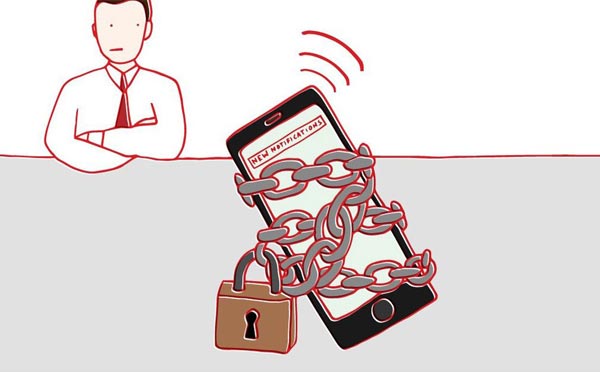
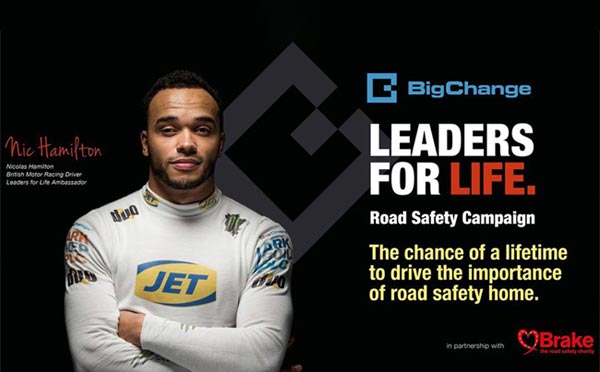


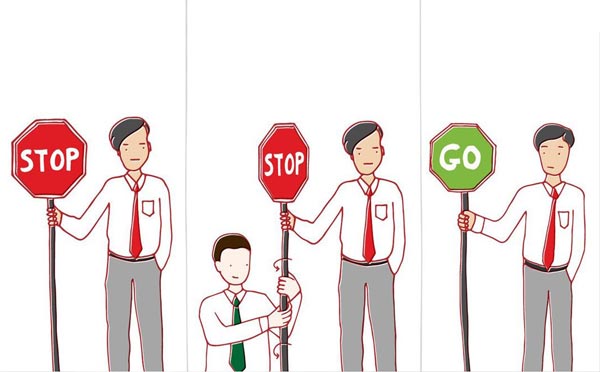
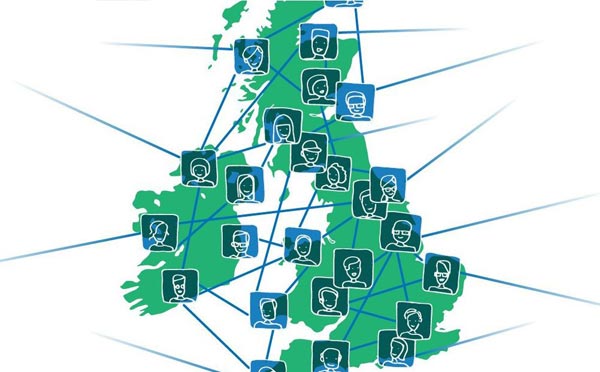

 Can you imagine British Gas opening a department store? Or Homeserve selling wallpaper? John Lewis has no experience running a home services business. It’s completely foreign to the industry they know.
Can you imagine British Gas opening a department store? Or Homeserve selling wallpaper? John Lewis has no experience running a home services business. It’s completely foreign to the industry they know. I’m not infallible either. At BigChange, I nearly lost focus recently. A company approached me, offering to add drones to our product set. It sounded so exciting: hi-tech drone deliveries! I was tempted for about an hour but something kept bothering me: none of our customers have ever asked about drones. And I don’t believe in first-mover advantage in business. The pioneers often fail and it’s a later mover that wins the day – the second mouse gets the cheese, as they say.
I’m not infallible either. At BigChange, I nearly lost focus recently. A company approached me, offering to add drones to our product set. It sounded so exciting: hi-tech drone deliveries! I was tempted for about an hour but something kept bothering me: none of our customers have ever asked about drones. And I don’t believe in first-mover advantage in business. The pioneers often fail and it’s a later mover that wins the day – the second mouse gets the cheese, as they say.
 Social media can be a brand wrecker, and I haven’t spent five years building a business I love to see its reputation tarnished by a thoughtless remark. The first post contained a swear word, which could really put off some of our clients. It was also being purposefully controversial, in a bid to get more views. That’s fine, but it wasn’t BigChange’s battle to fight, and as I hadn’t been asked permission, I was deeply unhappy about it.
Social media can be a brand wrecker, and I haven’t spent five years building a business I love to see its reputation tarnished by a thoughtless remark. The first post contained a swear word, which could really put off some of our clients. It was also being purposefully controversial, in a bid to get more views. That’s fine, but it wasn’t BigChange’s battle to fight, and as I hadn’t been asked permission, I was deeply unhappy about it. We now have an eight-page document that outlines what we expect from our people. It’s all pretty straight forward: no defamation, no bullying or harassment, no misuse of company information, and nothing that could damage our reputation. But having a document like this protects both BigChange and the employees, because we all know where we stand.
We now have an eight-page document that outlines what we expect from our people. It’s all pretty straight forward: no defamation, no bullying or harassment, no misuse of company information, and nothing that could damage our reputation. But having a document like this protects both BigChange and the employees, because we all know where we stand.
 Negotiate your heart out
Negotiate your heart out
 Consistency looks professional
Consistency looks professional